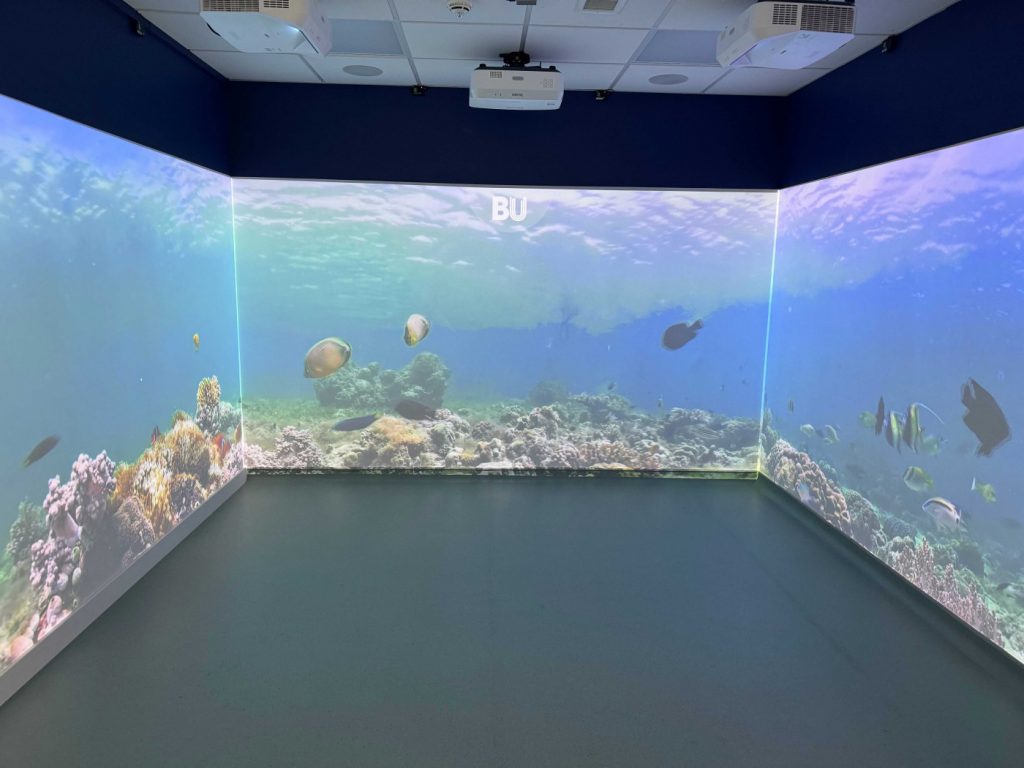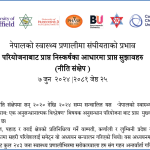The Association for Learning Developers in Higher Education (ALDinHE) have a national blog focussing on pedagogic practice and the student experience. Una Brosnan (Paramedic Science) and Debbie Holley (Nursing Sciences) collaborated to create the blog (extracts below) and the full blog is available here https://aldinhe.ac.uk/take5-122-from-accidents-to-aquariums-a-compassionate-approach-to-simulation/
#Take5 #122 From accidents to aquariums: a compassionate approach to simulation
“The world of simulation and immersive learning technologies is developing rapidly and in parallel to the existing and predicted future requirements of health and care on a global scale”.
[Enhancing education, clinical practice and staff wellbeing. A national vision for the role of simulation and immersive learning technologies in health and care HEE, 2020]
This #Take 5 reflects upon ways in which paramedic students responded to a compassionate pedagogical approach to debriefing groups after a high intensity simulation experience. Their experience through changing the ambience of the debrief transformed their session from one where students reported anxiety, insecurity where lecturing staff noticed students showing signs of stress to relaxed bodies, a calm atmosphere and a readiness for self and peer reflections. This was now a space where individual voices could be heard, and deep learning took place.
Studies have shown that students can find clinical simulation to be extremely stressful and anxiety provoking (Jowesy et al. 2020 and Mills et al. 2016). Could a potential solution to controlling the amount of stressor added by the educator be to embed compassionate pedagogies in clinical simulation training? Compassionate pedagogy is a teaching approach that emphasizes empathy, care, and understanding in the educational process by focusing on and creating a respectful and understanding learning environment. Here the students’ emotional, personal, and academic needs are recognised, fostering both their professional competence and well-being. This method enhances the development of compassionate, patient-centered care by modelling empathy in the educational process.
This short illustrative video clip shows the contrast between a high stress, high intensity environment (a rail crash scenario where students were expected to triage and the treat mannequins with different injuries) to their low stress environment (a virtual aquarium of tropical fish swimming and soothing water ripple sounds) enabled by using the resources available in an immersive classroom – a Blended Learning Interactive Simulation Suite (BLIS). The ‘classroom’ is a mixed reality platform, comprising three fully interactive walls, with any imaginable scenario projected onto them, with video, audio and tactile capabilities.
Creating an atmosphere of quiet and calm is enabled through transforming the immersive classroom into an ‘aquarium’, with rippling water and fish swimming. This dramatically different space offers the student an atmosphere reducing stress and anxiety caused by the simulation and a place to consolidate their learning.
https://youtu.be/ygFshwj-kSQ?si=fk2Jog11IspjvqQ7

 e-Learning Dementia Education and Learning Through Simulation 2 (e-DEALTS 2) now successfully launched!
e-Learning Dementia Education and Learning Through Simulation 2 (e-DEALTS 2) now successfully launched! Health Research Authority public involvement guidance – third blog post
Health Research Authority public involvement guidance – third blog post










 On Christmas Day in the Morning…
On Christmas Day in the Morning… New Nepal scoping review on maternal & neonatal health
New Nepal scoping review on maternal & neonatal health Fourth INRC Symposium: From Clinical Applications to Neuro-Inspired Computation
Fourth INRC Symposium: From Clinical Applications to Neuro-Inspired Computation Writing policy briefs
Writing policy briefs ECR Funding Open Call: Research Culture & Community Grant – Application Deadline Friday 12 December
ECR Funding Open Call: Research Culture & Community Grant – Application Deadline Friday 12 December MSCA Postdoctoral Fellowships 2025 Call
MSCA Postdoctoral Fellowships 2025 Call ERC Advanced Grant 2025 Webinar
ERC Advanced Grant 2025 Webinar Horizon Europe Work Programme 2025 Published
Horizon Europe Work Programme 2025 Published Horizon Europe 2025 Work Programme pre-Published
Horizon Europe 2025 Work Programme pre-Published Update on UKRO services
Update on UKRO services European research project exploring use of ‘virtual twins’ to better manage metabolic associated fatty liver disease
European research project exploring use of ‘virtual twins’ to better manage metabolic associated fatty liver disease